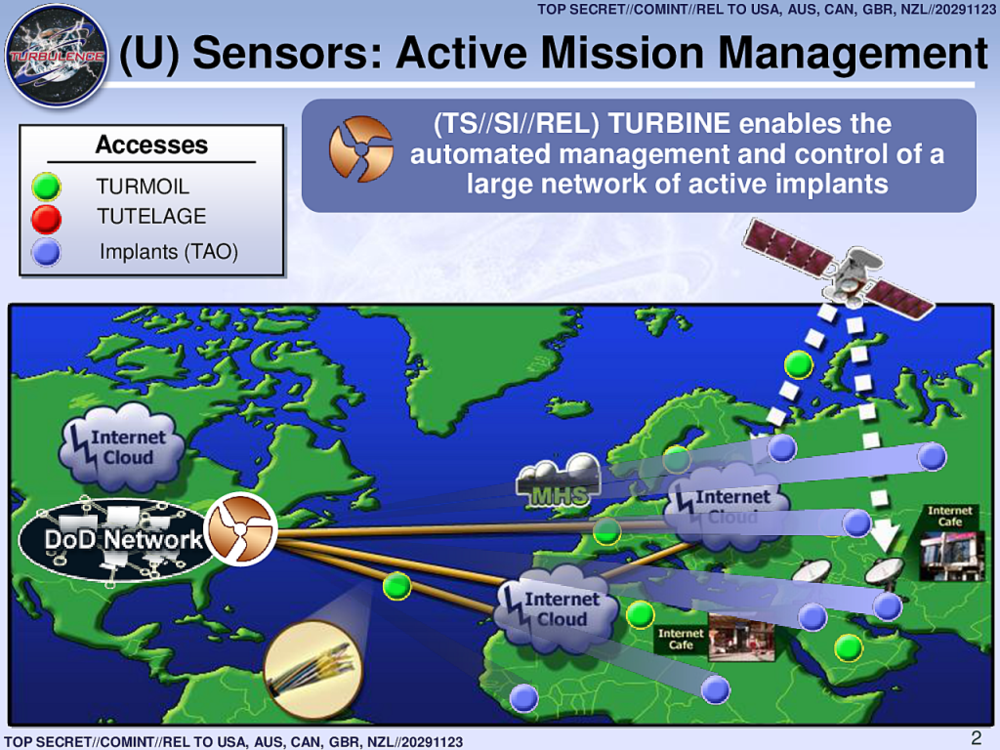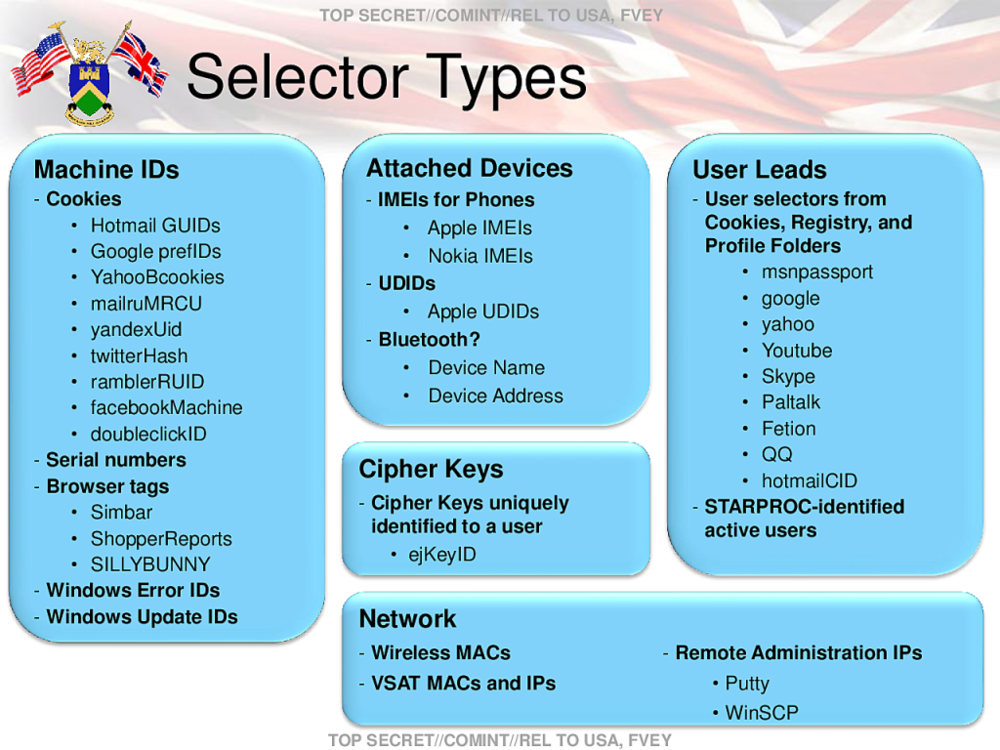US Spy Agencies Will Start Sharing More Cyber-Threat Intelligence with Private Companies
U.S. spy agencies will share more intelligence with U.S. companies, nongovernmental organizations and academia under a new strategy released this week that acknowledges concerns over new threats, such as another pandemic and increasing cyberattacks. The National Intelligence Strategy, which sets broad goals for the sprawling U.S. intelligence community, says that spy agencies must reach beyond the traditional walls of secrecy and partner with outside groups to detect and deter supply-chain disruptions, infectious diseases and other growing transnational threats. The intelligence community “must rethink its approach to exchanging information and insights,” the strategy says.
The U.S. government in recent years has begun sharing vast amounts of cyber-threat intelligence with U.S. companies, utilities and others who are often the main targets of foreign hackers, as well as information on foreign-influence operations with social-media companies… The emphasis on greater intelligence sharing is part of a broader trend toward declassification that the Biden administration has pursued.



